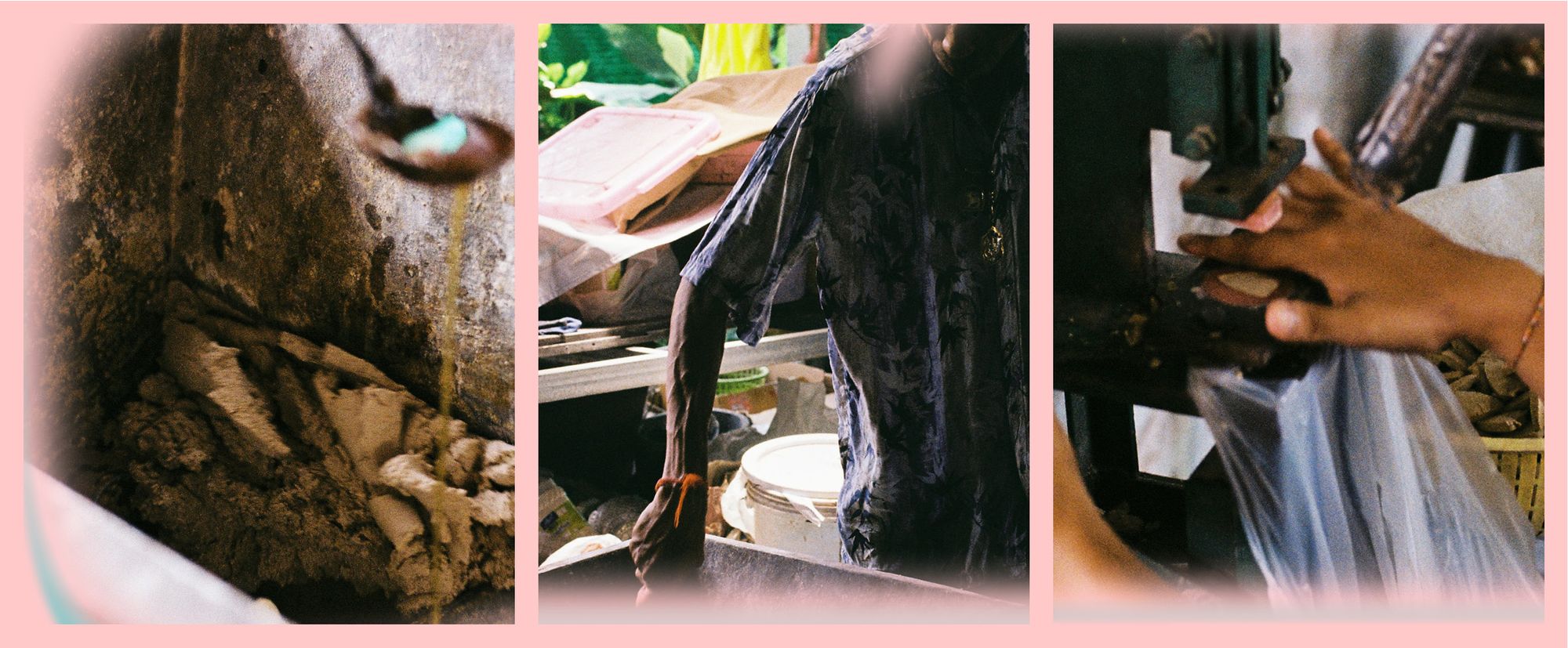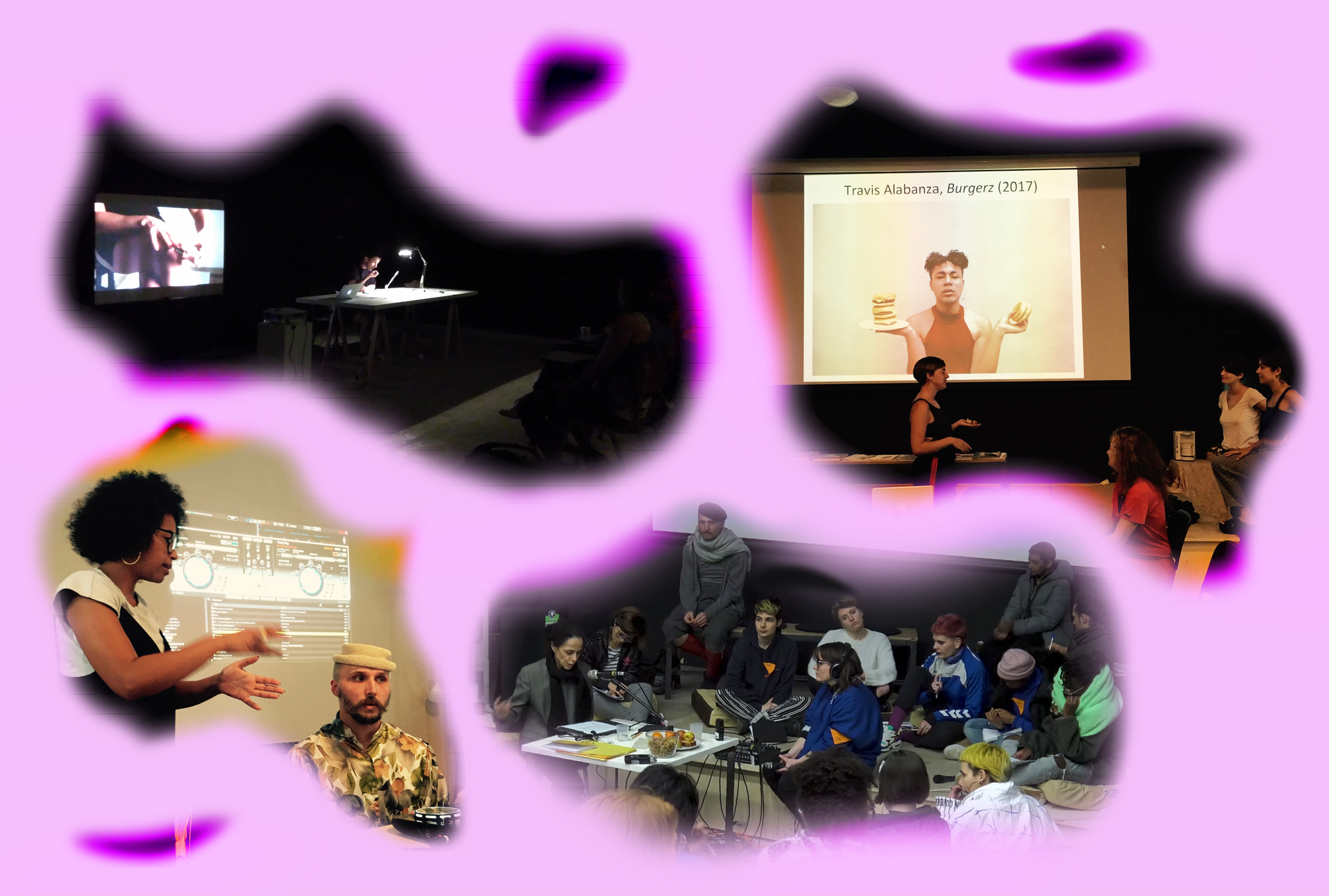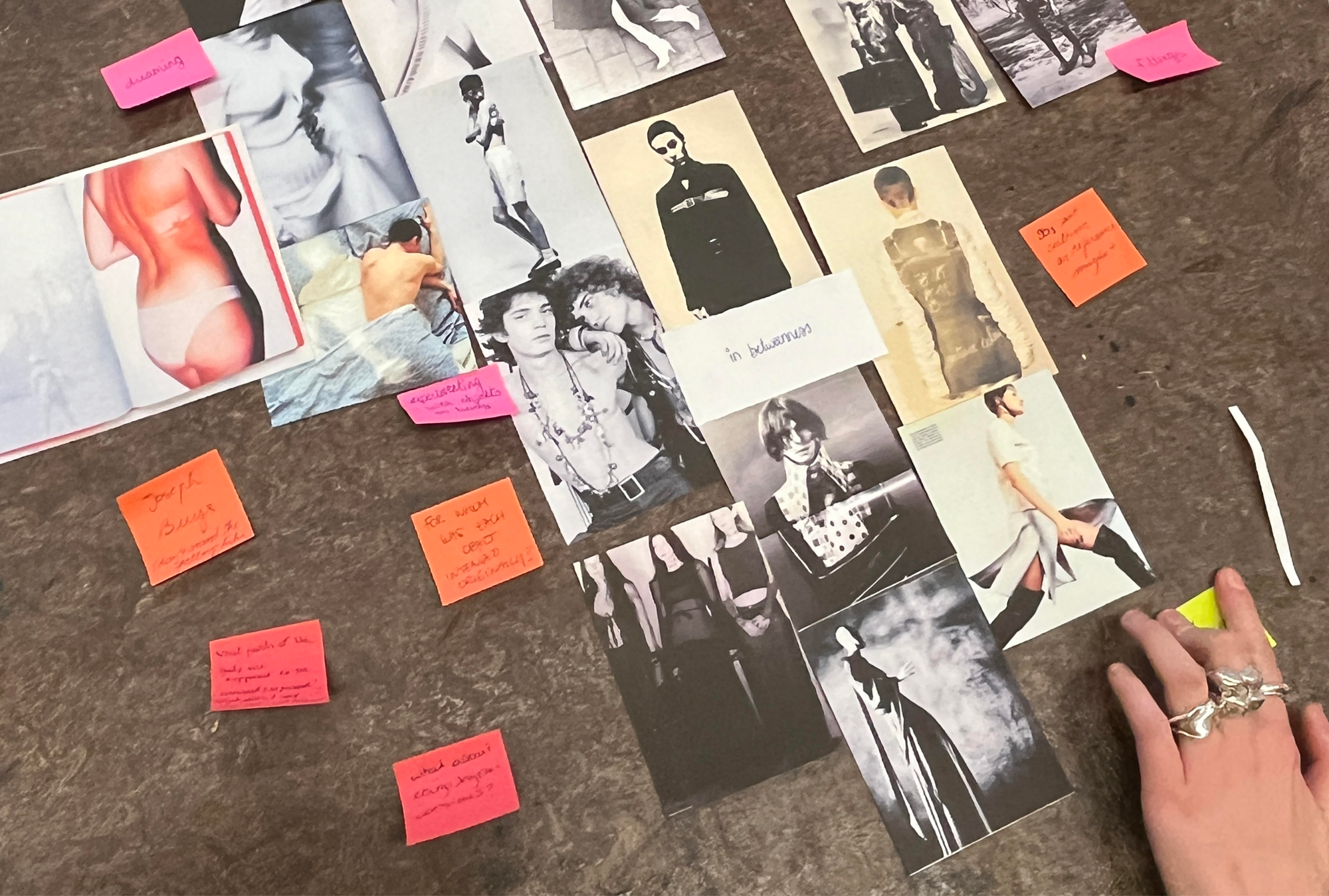
My father sells amulets at a weekend market in Nonthaburi, Thailand. He and I aren’t close—I had primarily lived with my mother since their divorce when I was young; but recently, when I reached out to him for help to improve my driving skills, it gave us an opportunity to spend more time together. At the age of sixty and now retired, his amulet stall in Nonthaburi, a suburb of Bangkok, is a small business that helps him make a living. Although I had been aware of his interest in amulets for some time, it was these discussions during our driving sessions that truly sparked my curiosity about one of the things that my father knows best.

It’s interesting to hear from him about the perception of value and the process of creating amulets. Unlike me, with a Bachelor of Arts degree in Industrial Design, my father doesn’t have a background in art or design. In Thailand, design schools primarily follow modernist design curricula, and do not specifically cover the design and production process of amulets. While certain fine art schools may include teaching on sculpting Buddha statues, the knowledge of amulet-making predates the establishment of formal education institutions. Amulets are authentic products that have organically emerged from Buddhist communities, which are outside the realm of design schools.

The amulet that really piqued my interest is known as Phrakhreūang, which is a smaller version of a monk or Buddha statue. These amulets can be categorized into two types according to their materials. The first type is made of metal, typically tin, lead, or even more precious metal like gold or silver. This category is called Nuae Shin, meaning “alloy body,” and is produced using a casting technique. The second category is called Nuae Din which means “clay body.” These amulets are crafted from a mixture of clay and Muan Sarn Phra, a sacred substance consisting of—what is believed as—relics of Buddha, robes of Buddhist monks, flowers, and incense ashes. The mixture is then pressed into molds and solidified using either a firing process similar to how ceramics are made, or simply by drying. When the drying process is employed, the amulet is referred to as Phra Pim Din Dip, which means “raw clay body amulet.” Another form of clay body amulet is Phra Nuae Phong, which is made using powdered clay. This traditional making process is the most common method used to create Phrakhreūang amulets.
“While certain [Thai] fine art schools may include teaching on sculpting Buddha statues, the knowledge of amulet-making predates the establishment of formal education institutions.”
The status of Phrakhreūang has evolved from being an object confined within a sacred chamber to becoming a revered item that one carries to bring luck and prosperity. In his research on the evolution of the amulets, Thai historian Chalong Soontravanich points out that the popularity of Phrakhreūang can be attributed to the economic, social and intellectual advancements within Buddhism during the early Rattanakosin Era (1782-1851). Back then, despite the country’s economic growth, the leaders were unable to guarantee the success and wellbeing of Thai citizens. As a result, people turned to sacred objects, namely amulets and rituals, to enhance their personal luck and prosperity.
Amidst the backdrop of World War II, the production of these amulets experienced a notable surge. Remarkably, Thailand remained neutral until the five-hour-long invasion by the Japanese Empire in 1941, which resulted in an armistice and military alliance treaty between the two nations. The prevailing sense of uncertainty in the war’s aftermath further spurred many people to seek out Phrakhreūang as a source of reassurance and protection.
Today, Phrakhreūang as a form of Buddhist commerce still remains very popular in Thailand. It is part of a widespread trend known as Mutelu, which encompasses ritual activities such as worshiping amulets, paying homage to monks or sacred statues, and making merit (donating time, service, possessions, or money) at temples to invite prosperity into one’s life. Some believers prioritize the maintenance of their wealth and social status in their ritual activities, aiming to accumulate more riches. In Capitalism Magic Thailand: Modernity with Enchantment, historian Peter A. Jackson suggests that these “cults of wealth” emerged as a result of the influence of the neoliberal economic order in post-Cold War Thailand, a period in which sacred rituals became highly commodified, influenced by the popularity of amulets and material possessions.
In addition to its value in the commercial aspect, Phrakhreūang possess a vernacular quality—produced with local expertise, materials and desires—that prompts one to ponder on how designed objects can mirror the social development of a society. Phrakhreūang embody local wisdom, born out of the precarious sentiments and psychological needs of many Thai people. These objects serve as a means of resistance—a way to safeguard oneself and fend off poverty in one of the most socially unequal countries. Similarly, just like my father selling amulets as a financial necessity to supplement his modest pension, it also reflects how uncertainty in society continues to sustain this kind of business through belief.
“These objects serve as a means of resistance—a way to safeguard oneself and fend off poverty in one of the most socially unequal countries.”
At one of our driving lessons, my dad brought me two Phrakhreūang amulets to hang behind the car mirror. The first one is the eye-closing monk amulet, which represents safety, while the second one is the Chinese icon Pixiu that is known to bring prosperity. As someone who has no religious beliefs, I still keep it there—not because it will bring me prosperity or safety as they claim, but because it reminds me of the practice of everyday resistance and just how precarious modern life has become.
Napisa Leelasuphapong (she/her) is a graphic designer and a student of history, based in Bangkok, Thailand. She has undergraduate education in Industrial Design, graduate degree in Graphic Design and is now pursuing PhD in history, at Chulalongkorn University. Crossing from design practice to history, she aims to contribute her research to Thai history of design which is still in scarcity. Her interests encompass graphic design, design history, social and cultural history, periodical studies, and publishing in the field of art. Practicing both graphic design and writing together, she is looking to expand the possibilities of thinking about social, culture, art and design against the grain of conservatism and neoliberalism in the Thai atmosphere.
This text was produced during Resistance Stories of Design—a workshop organized by Onomatopee and Futuress as part of the HistoricALL! project. The text was first published in the riso-printed homonym zine HistoricALL! A collective rewriting of design history with an introduction by Maxime Benvenuto as well as contributions by curator Cecilia Casabona, all workshop participants and the workshop leaders, Alvin Arthur, Mayar El Barky, Annika Frye, Kilian Frieling, Noam Youngrak Son, Maya Ober, Margarita Osipian, and Leanne Wijnsma. This version of the text has been slightly edited.
Credit:
This article was originally written in Thai by Napisa Leelasuphaponng, and translated by Rawiruj Suradin, her partner.
Documentary location: Pun Phra Pong Ratchaburi (Phrakhreūang factory)
Title image: Amulets, Bangkok, Thailand. (Photograph by Napisa Leelasuphapong)















